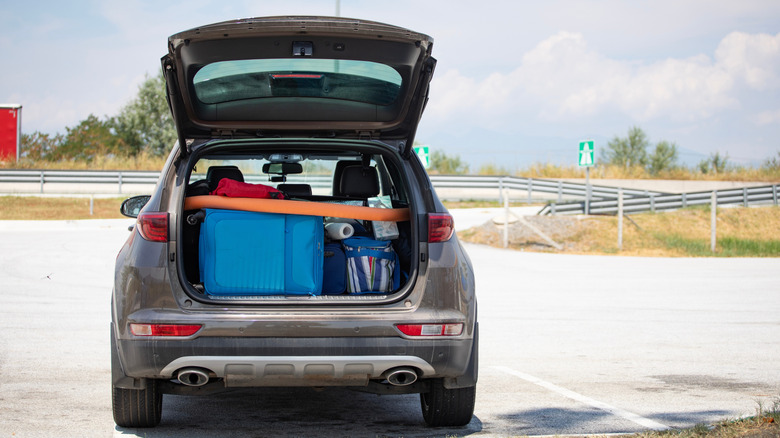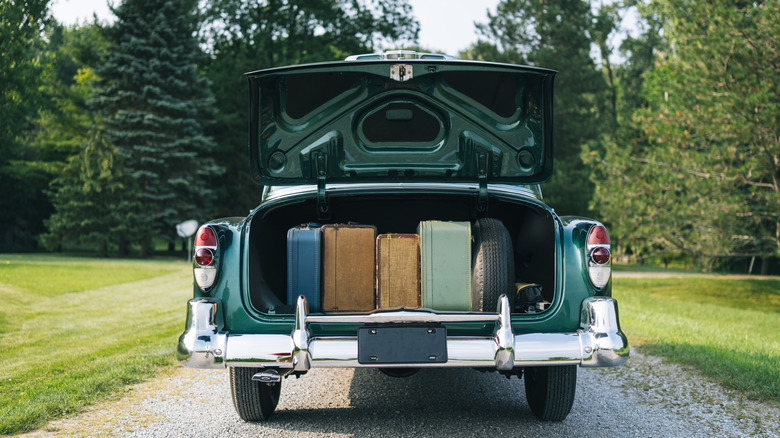Why Are Car Trunks Called 'Boots' In England?
The differences between British and American English have long been the stuff of cultural comedy and confusion. Brits queue, Americans wait in line. Brits holiday, Americans vacation. The British watch a series, Americans binge a season. Colour gets stripped of its 'u', centre is flipped to center, and somehow, Brits fancy things while Americans just like them.
But one of the quirkiest divergences is on four wheels. In the U.S, the part of the car where you put spare car tires, luggage, or groceries is called the trunk. In the UK, that's the boot. And no, it's not because British drivers are stuffing shoes into their cars. Like most linguistic oddities, there's a historical rabbit hole here — and, surprisingly, it makes sense.
As with many Britishisms, "boot" has roots in pre-carriage days and stuck around long enough to confuse Americans. So how did the same car part end up with two wildly different names? Let's open this linguistic trunk (or boot) and dig in.
Why trunks are called boots in England
These days, even the smallest cars have decent trunk space (if yours doesn't, here are some of the best trunk organizers to help you make the most of it). But, once upon a time, the back of a car didn't have a built-in storage space — just a metal rack to strap on your luggage. In North America, people often secured large travel chests, aka trunks, to the rear of their vehicles. There were even custom-made trunks made for specific vehicles. By the 1930s, carmakers began designing enclosed storage spaces directly into the car's body, making those external trunks unnecessary. But the name stuck. That's why Americans still call it a "trunk," even though no one's lugging around vintage steamer chests anymore.
Meanwhile, across the pond, the British went with "boot" — a term with deeper, older roots. The most accepted theory is that it comes from "boot locker," a storage compartment on horse-drawn carriages. Around the 1600s, a boot referred to an exterior seat attached to a carriage, often used by guards or coachmen. By the 1800s, these "boots" had evolved into boxy compartments, used for storing tools, luggage, and yes, boots.
When cars replaced carriages, the term "boot" migrated too, shrinking down from "boot locker" but keeping the same meaning: a storage space at the back. So, just like "trunk," it's a vestige from a different time. And in case you're wondering, it's not just the Brits: most of the English-speaking world — including Australia, New Zealand, and South Africa – also use "boot."
Now you've got ammo for your next trivia night. Or at least something to impress your uncle with at dinner.

